
John Sell Cotman was an English marine and landscape painter, etcher, illustrator, and a leading member of the Norwich School of painters.

Alphonse Legros was a French, later British, painter, etcher, sculptor, and medallist. He moved to London in 1863 and later was naturalized as British. He was important as a teacher in the British etching revival.
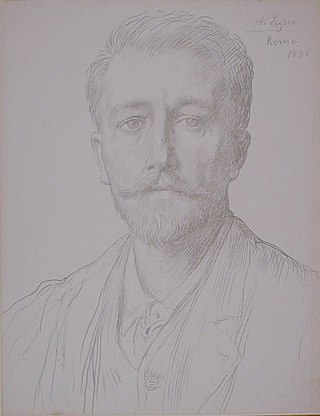
Sir Charles Holroyd RE was an English painter, original printmaker and curator during the late Victorian and Edwardian eras up to and including the First World War. He was Keeper of the Tate from 1897 to 1906, Director of the National Gallery from 1906 to 1916 and Assessor (Vice-President) of the Royal Society of Painter-Etchers & Engravers from 1902 to 1917.
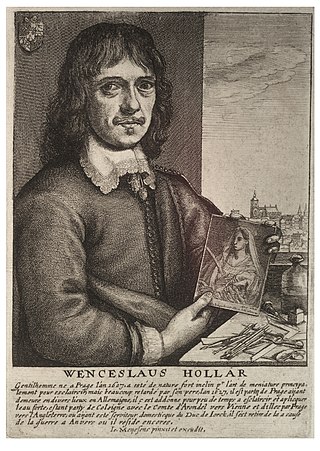
Wenceslaus Hollar was a prolific and accomplished Bohemian graphic artist of the 17th century, who spent much of his life in England. He is known to German speakers as Wenzel Hollar; and to Czech speakers as Václav Hollar. He is particularly noted for his engravings and etchings. He was born in Prague, died in London, and was buried at St Margaret's Church, Westminster.

Henry Thomas Alken was an English painter and engraver chiefly known as a caricaturist and illustrator of sporting subjects and coaching scenes. His most prolific period of painting and drawing occurred between 1816 and 1831.
William Austin was an English artist, drawing-master, engraver and caricaturist. A rival of Matthew Darly, he used a distinctive grainy, woodblock-like style.
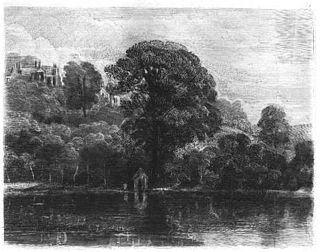
Frederick Christian Lewis (1779–1856) was an English etcher, aquatint and stipple engraver, landscape and portrait painter and the brother of Charles Lewis (1786–1836).
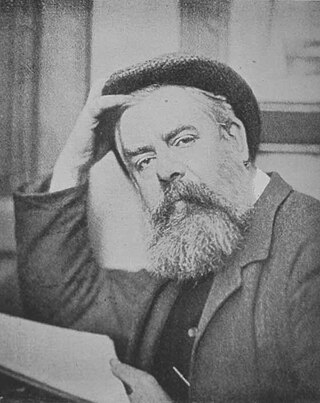
Frederick Hollyer was an English photographer and engraver known for his photographic reproductions of paintings and drawings, particularly those of the Pre-Raphaelite Brotherhood, and for portraits of literary and artistic figures of late Victorian and Edwardian London.

John Romney was an English artist in printmaking and watercolour who lived and worked in London and Chester. Much of his work consisted of reproductions of the work of other artists, but he produced some original prints, paintings and drawings. Like the great majority of contemporary printmakers he worked in both engraving and etching, often on the same plate, and descriptions of his prints as being in one or the other technique should be taken loosely. His best known original prints are series of views of the Chester area and his part of one on the antiquities in the British Museum. He was apparently not related to the famous portraitist George Romney (1734–1802).

Samuel Scott was a British landscape painter known for his riverside scenes and seascapes.

Charles Theodosius Heath was a British engraver, currency and stamp printer, book publisher and illustrator.
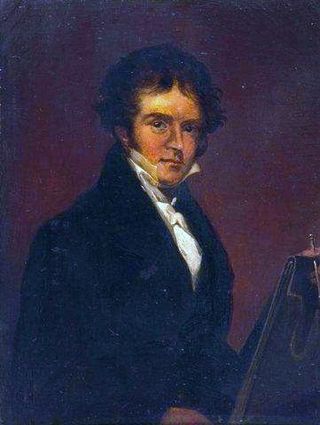
William Linton was a British landscape artist.
Samuel Redgrave was an English civil servant and writer on art.
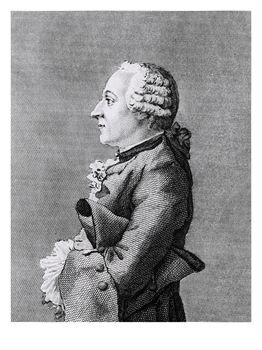
John Swaine, was an English draughtsman and engraver.
William Derby (1786–1847) was an English portraitist, miniature painter and copyist.
Ralph Nicholson Wornum (1812–1877) was a British artist, art historian and administrator. He was keeper and secretary of the National Gallery of London from 1855 until his death.
John Scott (1774–1827) was an English engraver, known for his work on topics showing animals.

David Charles Read (1790–1851) was an English painter and etcher.
William Hemsley was a British artist who specialised in genre paintings.
Joseph Hogarth (1801-1879) was a leading British fine art print publisher, print seller, frame maker and art restorer. He operated from various locations in central London in the middle decades of the nineteenth century. He was working in the field by 1826 and the business continued to operate till 1890, by which time it was under the direction of his two sons.














